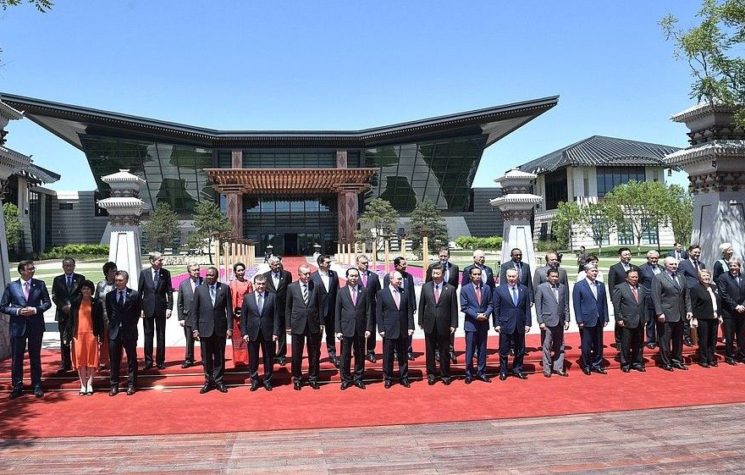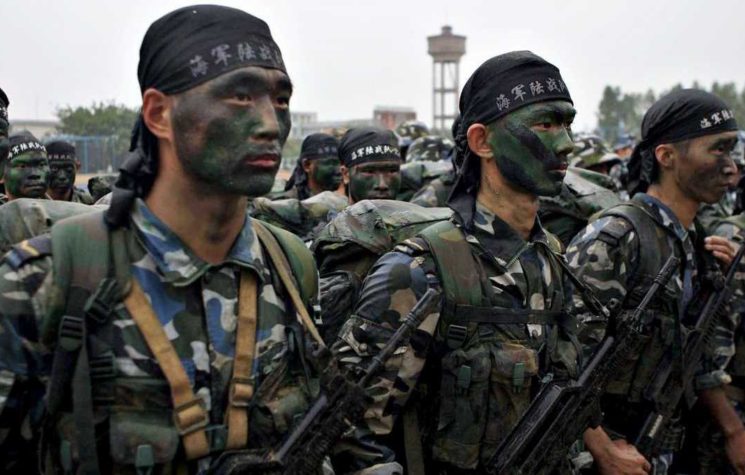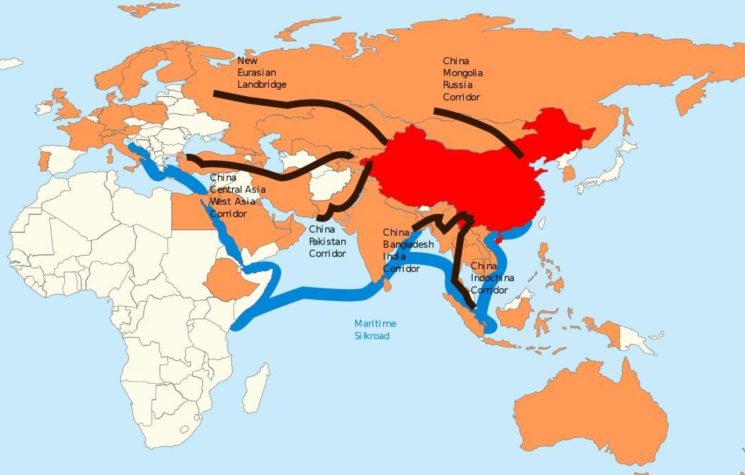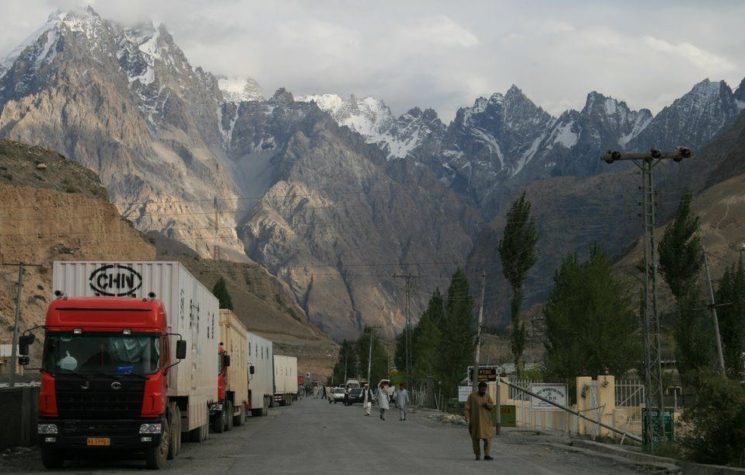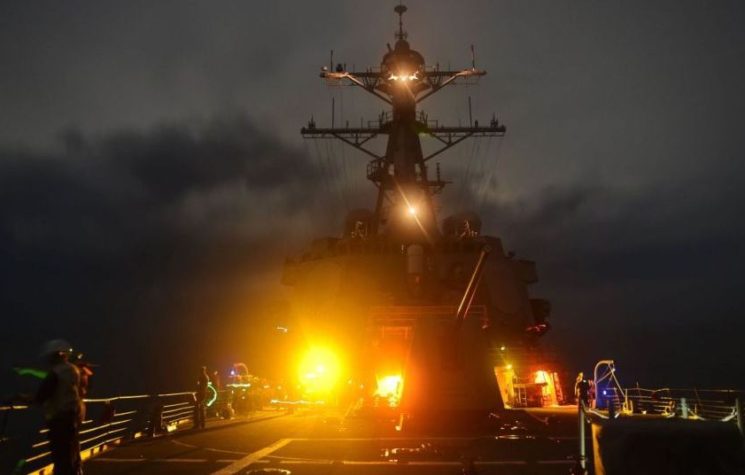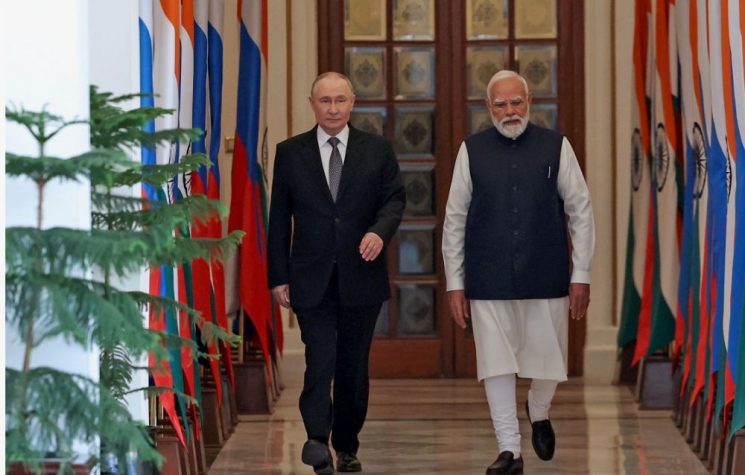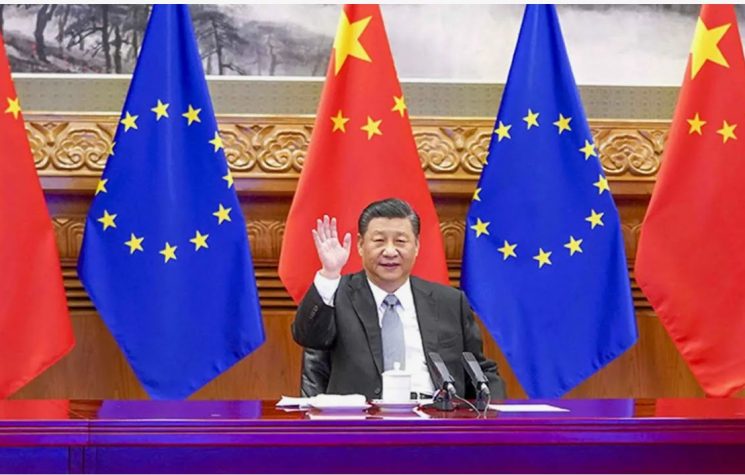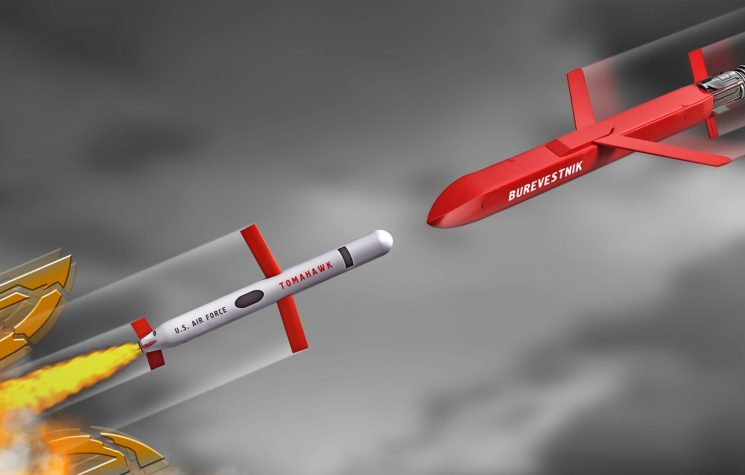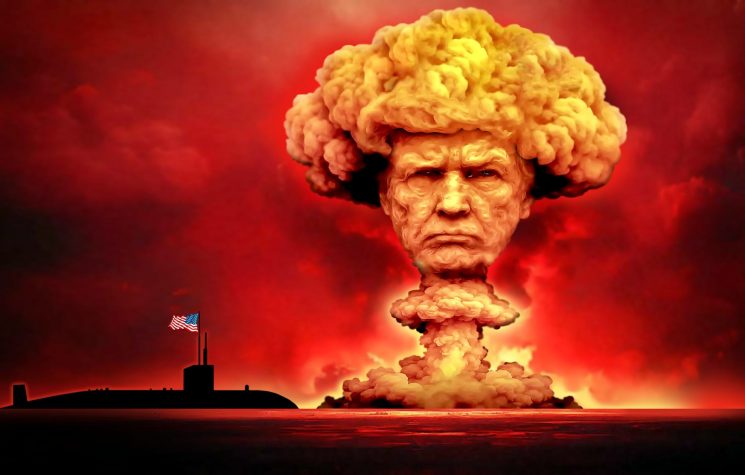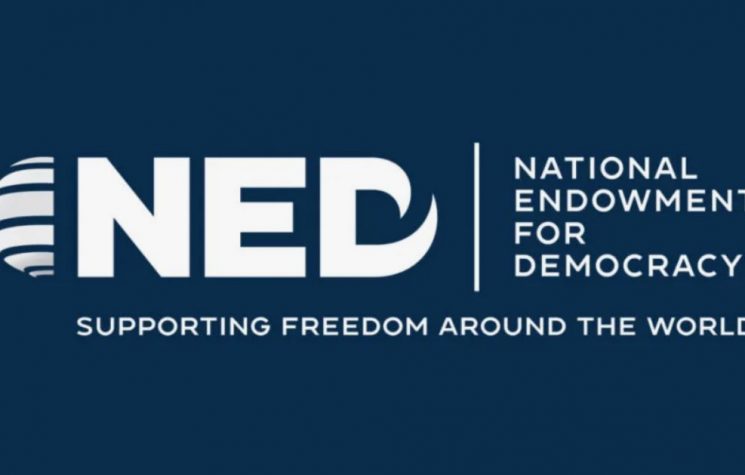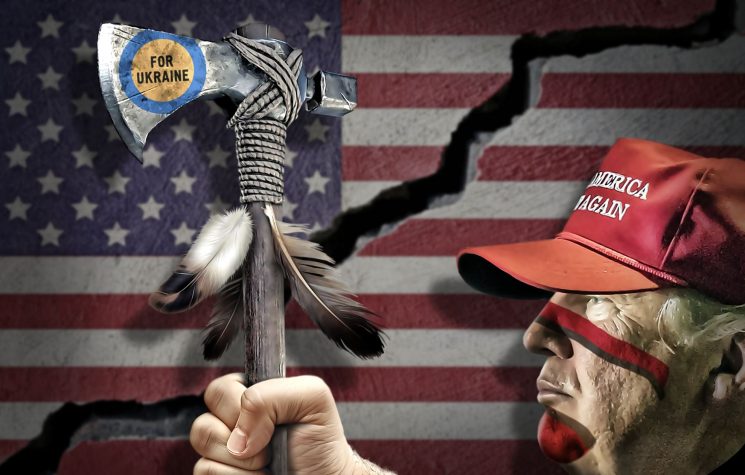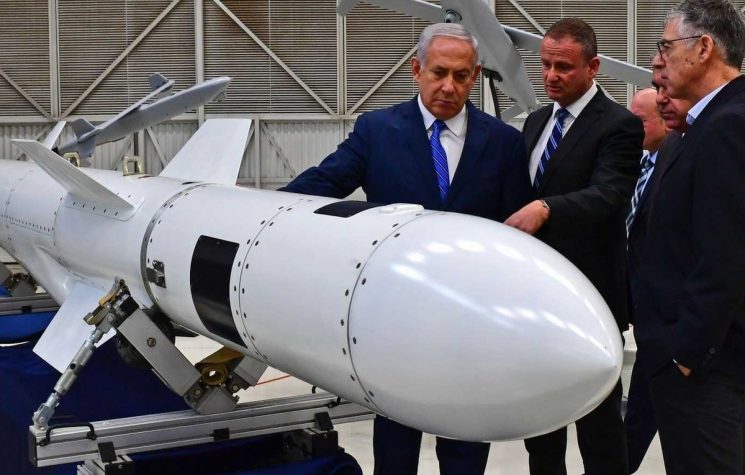The global trend in international relations is often difficult to discern. But one can be helped in this task by looking at two events, organized in Washington and Beijing, comparing the different themes, participants, objectives, and broached for discussion. After all, we are talking about the two largest economies in the world, two colossi directing and shaping global culture, behavior and world opinion.
The last few weeks have offered the international community an opportunity to reflect. Two events took place in Washington and Beijing that, in terms of impact, depth, participation and issues discussed, are striking contrasts.
In Beijing at the Belt and Road Forum over 40 world leaders discussed the Belt and Road Initiative (BRI), a project that will transform the entire Eurasian continent, improving free trade between dozens of countries by investing in transport infrastructure as well as in energy and technological cooperation. The leader of this silent industrial revolution is China’s Xi Jinping, casting ancient ambitions and perspectives into the new millennium, anxious to once again acquire the leading role in global civilization.
The BRI is a gigantic project that will continue to expand in the years to come and at the rate the current technology allows, while of course remaining cognizant of the needs of the countries involved in the Chinese project. The numbers of participants at Beijing’s BRI event are astonishing, with more than 5,000 delegates, 37 heads of state (including that of G7 member Italy), and 10 of the most important members of ASEAN. A hundred and twenty-five countries have signed intentions to cooperate grand project, and 30 organizations have ratified 170 agreements that total a projected investment by the People’s Bank of China of over 1.3 trillion dollars from 2013 to 2027. This is what Robin Xing, Morgan Stanley’s Chief China Economist said:
“China’s investment in B&R countries will increase by 14% annually over the next two years, and the total investment amount could double to $1.2-1.3 trillion by 2027.”
It is a revolutionary project that will characterize the next few decades if not centuries. It will offer a stark contrast to the American drive for hegemonic domination by demonstrating the capacity of humanity to overcome conflicts and wars through cooperation and shared prosperity.
Washington is left demanding loyalty in exchange for nothing (but with Donald Trump, even this little is uncertain). Unable to inflict damage on Russia and China, the US focuses on pressuring her European allies through a trade war of duties, tariffs, technological bans ( Huawei’s 5G) and sanctions (against Iran and European banks) in order to favor US companies.
Reflecting the moral of Aesop’s fable “The North Wind and the Sun”, Beijing behaves in the opposite manner, offering in the BRI project win-win cooperation and the benefits that accrue from this. The project tends to improve people’s living standards through the huge loans extended to improve such basic infrastructure as railways, schools, roads, aqueducts, bridges, ports, internet connectivity and hospitals. Beijing aims to create a sustainable system whereby dozens of countries cooperate with each other for the collective benefit of their people.
The Eurasian continent has struggled over the last few decades to attain the same level of wealth as the West as a result of wars of aggression and economic terrorism committed by countries in search of a utopian global hegemony.
The Chinese initiative aims to offer to all the countries involved equal opportunities for development based not on military and/or economic power but on a real capacity to improve the well-being of all parties involved.
As Asia Times explained in an excellent article on Beijing’s most recent BRI forum:
“BRI is now supported by no less than 126 states and territories, plus a host of international organizations. This is the new, truthful, realistic face of the “international community” – bigger, more diversified and more representative than the G20.”
This Chinese initiative could have only taken place in a post-unipolar world with multiple centers of power. Washington is perfectly aware of the changes that have occurred over the last 10 years, and the accompanying change in attitude of policy makers can be seen in the drafting of two documents that are fundamental for every US administration, namely, the Nuclear Posture Review (NPR) and the National Defense Strategy (NDS).
These two documents explain how the United States sees the world and what it intends to do to fight the emerging multipolar world order. Compared to Obama and his administration, Trump, Bolton and Pompeo are more anchored to the current reality, understanding well that Russia and China are their equal militarily. Obama, of course, infamously dismissed Russia as a regional power no more than five years ago.
Trump cannot afford a conflict with Venezuela, Iran or North Korea, whether militarily or politically. In the case of Venezuela, Colombia and Brazil do not seem too keen on sacrificing themselves on behalf of Washington; and there are no jihadists to arm and launch against defenseless civilians as happened in the Middle East, so there is no force in the field capable of defeating a strongly patriotic nation dedicated to resisting US imperialism. Attacking Iran would result in a devastating Iranian response targeting US troops deployed in dozens of bases scattered throughout the Middle East and inflicting losses that would be too costly for Washington, making any gains made pyrrhic. As for North Korea, Kim cannot be touched thanks to nuclear deterrence.
What remains for Trump and his neocons are empty threats of war, documents declaring Russia and China as opponents to be defeated, and a great deal of war propaganda for the purposes of filling up the coffers of US arms manufacturers.
And now we come to the event organized in Washington as Beijing was busy discussing how to revolutionize three-quarters of the globe. The Brookings Institute, a think tank, organized a meeting that lasted several hours to discuss “The future of US extended deterrence“, focussing on the tools needed to deal with an attack from America’s opponents.








